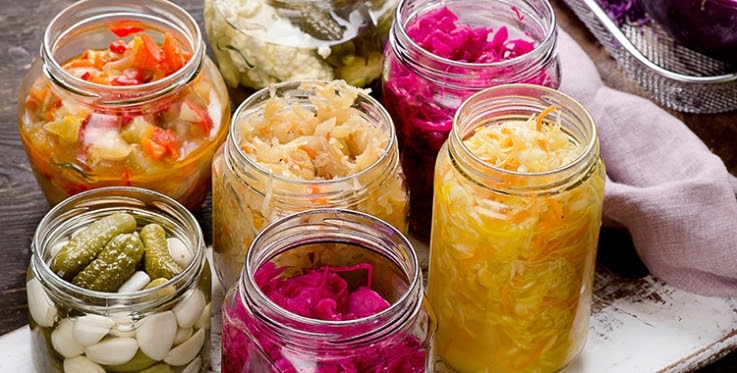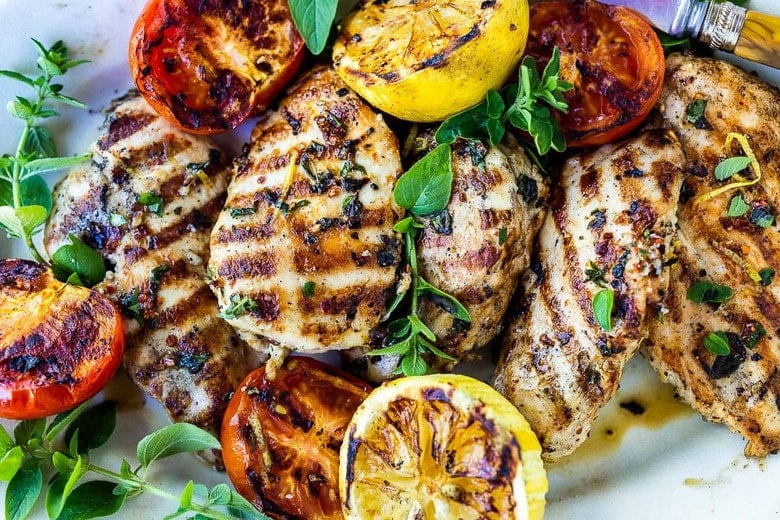It is advisable for individuals with histamine intolerance to adhere to a low-histamine diet. Although histamine is involved in numerous physiological processes, an overabundance of it can result in symptoms reminiscent of an allergic reaction. Food intolerances affect approximately 20% of the western populace, with histamine intolerance being among the most prevalent. This article will define histamine intolerance, discuss the benefits of a low-histamine diet, and list foods to avoid.
Histamine And Histamine Intolerance Are Related Terms
Histamine, a chemical entity secreted by mast cells (a subset of white blood cells), plays a regulatory role in the body's reaction to exogenous stimuli. To put it simply, the body secretes histamine in response to perceived threats. Although the body obtains a certain quantity of histamine from its own tissues, it can also be found in specific substances.
The World Health Organization and the Food and Health Organization of the United Nations both state that histamine-rich foods may induce histamine intolerance in individuals with heightened sensitivity and impaired histamine metabolism. Similar to an allergic reaction, the symptoms of histamine intolerance are:
-
Headaches
-
Palpitationi Redness
-
Skin inflammation
-
Nausea
-
Vomiting
-
Itchy epidermis
-
Rashes
-
Diarrhea
According to the American Academy of Allergy, Asthma, and Immunologyi , there is no specific test for diagnosing histamine intolerance. So, physicians select for an elimination diet. This means eliminating histamine-rich foods for 4 weeks and progressively bringing them back. This allows your doctor to determine which substance is inciting the symptoms.
Benefits Of A Low-Histamine Diet

May Lower The Level Of Histamine In Your Body
The primary purpose of a low-histamine diet is to decrease the level of histamine in the body. Diamine oxidase is an enzymei that is responsible for breaking down histamine in our bodies. Studies have suggested that reduced levels of diamine oxidase (DOA) may increase the levels of histamine in the body. In another study, patients with histamine intolerance had diminished DOA activity. The same patients when asked to go on a low-histamine diet with DOA supplements saw an improvement in the symptoms.
May Help Reduce The Symptoms Of Hives
A low-histamine diet may be instrumental in reducing the symptoms of hivesi . A study was conducted in 2018 to see the effect of a low-histamine diet on patients with chronic urticaria. The patients were prohibited from consuming histamine-rich cuisine for 4 weeks. After 4 weeks, the researchers discovered a significant decrease in the histamine levels and severity of hive symptoms. Research also suggests that consuming a low-histamine diet for 3 weeks may be beneficial to patients with urticaria accompanied by gastrointestinali symptoms.
May Help Manage Atopic Dermatitis
Similar to symptoms of histamine intolerance, the symptoms of atopic dermatitisi may worsen due to the consumption of histamine-rich food. A study conducted on a child with atopic dermatitis found that a low-histamine diet is instrumental in the diminution of symptoms.
Eating a low histamine diet may reduce the symptoms of IBS. Research suggests that avoiding gluten-rich foods and fermented products may play an essential role in reducing the symptoms of IBS.
Easy Low Histamine Diet Recipe
Grilled Lemon Herb Chicken
Ingredients
-
2 boneless, skinless poultry breasts (approximately 250 g)
-
Juice of one lemon
-
2 tablespoons of fresh parsley, minced
-
1 tablespoon of olive oil
-
Salt and pepper, to taste

Method
-
Mix the lemon juice, minced parsley, olive oil, salt, and pepper in a basin.
-
Marinate the chicken in this mixture for at least 30 minutes.
-
Preheat the grill to medium-high heat and grill the chicken for about 6-8 minutes per side.
-
Serve the grilled lemon herb chicken fresh.
-
If you aren’t sure which foods are elevated in histamine? Check out the next section to read about which foods to avoid on a low-histamine diet.
Foods To Avoid On A Low-histamine Diet
Today, owing to limited evidence, it is challenging to quantify histamine levels in food. Factors such as storage time, addition of preservatives, and how ancient the product is can impact its histamine levels. Make sure you avoid foods labeled as “histamine liberators” as they are meant to help release histamine from other foods you consume. Here is a list of substances that may have elevated levels of histamine:
-
Cheese, sour cream, buttermilk, and yogurt
-
Kimchi and sauerkraut
-
Pickles or preserved vegetables
-
Kombucha
-
Salami, sausages, and fermented ham
-
Beer, wine, and champagne
-
Miso, tempeh, natto, and soy sauce
-
Sourdough bread
-
Tomatoes Eggplant
-
Spinach
-
Frozen, preserved, or tinned fish such as sardines and tuna
-
Vinegar
-
Tomato ketchup
-
Avocado
Read Also: 10 Suggestions For Successful Weight Loss
Cons Of A Low-histamine Diet
:max_bytes(150000):strip_icc()/what-is-a-low-histamine-diet-4694529-primary-recirc-653d42ce66bc48c593adeb6675e46a7e.jpg)
While limited studies indicate that a low-histamine diet can help reduce symptoms of various diseases, more studies are warranted to confirm that.
-
There is no scientific evidence presently that suggests that a low-histamine diet may improve quality of life in the long term.
-
A low-histamine diet may contribute to malnutrition. Before you select for it, it is recommended to consult a doctor/nutritionist for better understanding.
-
A low-histamine diet may be challenging to sustain as it necessitates complete elimination of refined and tinned foods. This may be challenging for individuals who rely on these types of cuisine for convenience.